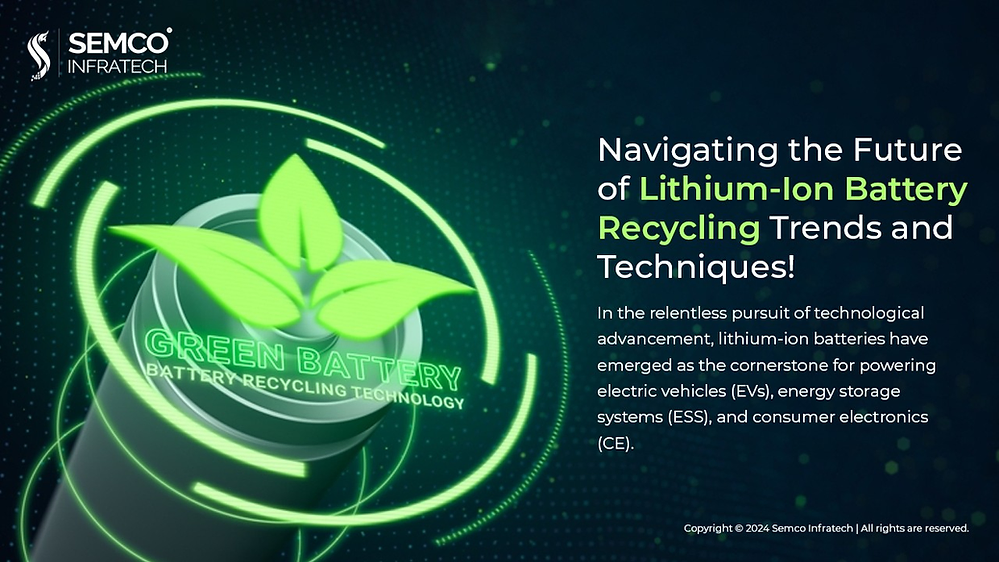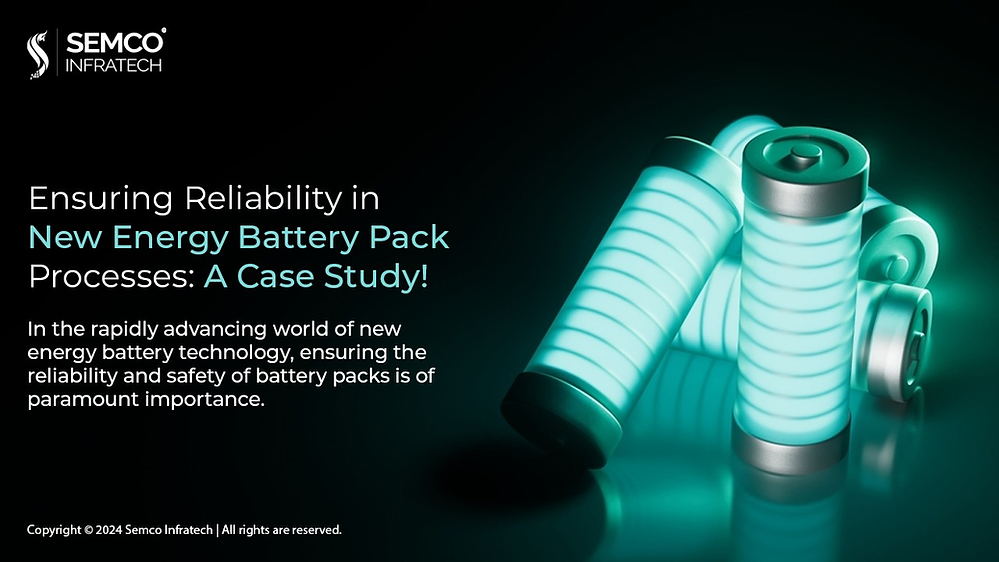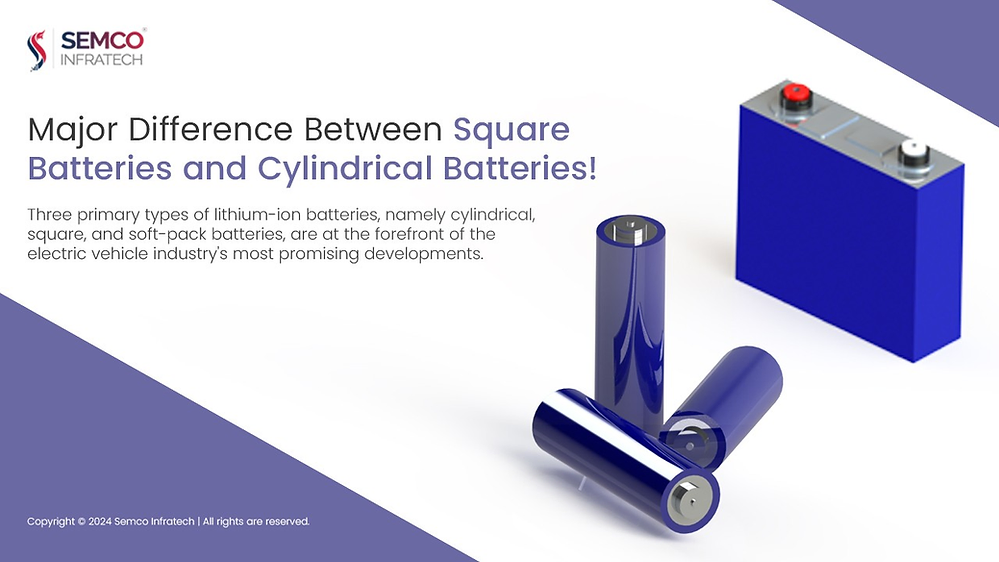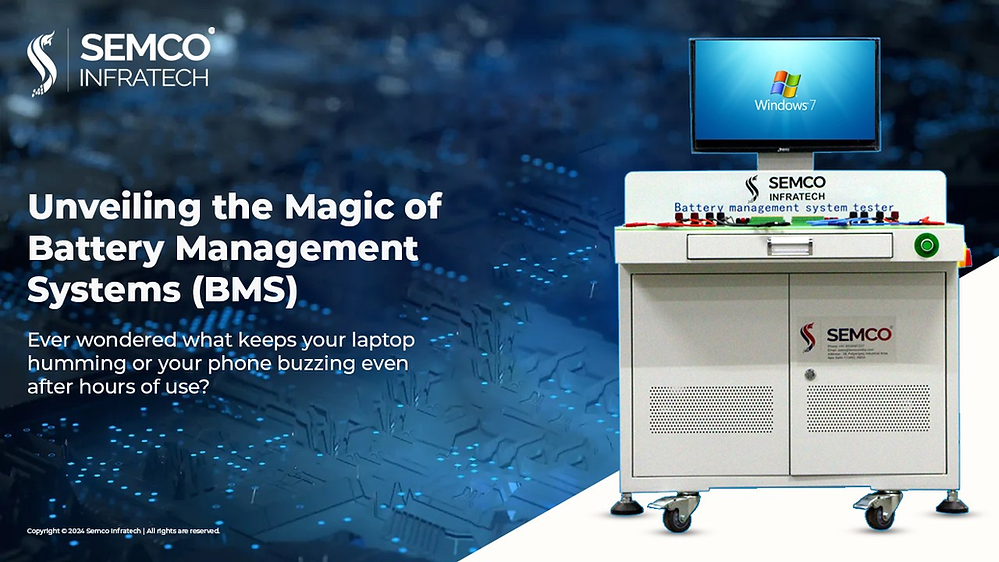In the relentless pursuit of technological advancement, lithium-ion batteries have emerged as the cornerstone for powering electric vehicles (EVs), energy storage systems (ESS), and consumer electronics (CE).
However, the finite lifespan of these batteries poses a significant challenge, as a substantial volume of them will inevitably reach the end of their operational life, creating an urgent need for sustainable and responsible disposal solutions. This realization stems from the awareness that lithium-ion batteries harbor environmentally harmful organic solvents and heavy metals, necessitating careful consideration in their end-of-life management.
This paper explores the comprehensive landscape of lithium-ion battery recycling, shedding light on various techniques and emerging trends. Broadly categorized into three methods—reuse, repurposing, and recycling—the aim is to minimize the environmental impact while maximizing the value derived from spent batteries.
- Reuse: It is preferable to select a second use for a lithium-ion battery rather than discarding it when it no longer serves the needs of the intended market. Although used batteries lose some of their usefulness over time, they can still be a valuable source of energy storage for other uses. If an owner has lower expectations for the range of an electric vehicle battery, for instance, the battery can be reused if its energy is not sufficient to meet their needs.
- Repurposing: Repurposing and secondary use are two comparable, eco-friendly options for battery recycling or disposal for lithium-ion batteries that are no longer needed or are otherwise disposed of. The electric car battery can be transformed into an energy storage battery to store solar energy if it isn’t enough to cover the owner’s needs for the cruising range. It can also be transformed into different kinds of batteries.
- Recycling: Valuable metals and compounds are extracted from battery materials after they have been destroyed.
According to some institutions, the market for recycling lithium batteries is expected to reach US$35.1 billion by 2031, from an estimated US$6.5 billion in 2022.
Lithium battery recycling is commonly accomplished through three methods: hydrometallurgy, pyrometallurgy, and direct recycling.
- Direct recycling is the recycling and reuse of battery components without compromising the chemical structure of the battery, as the name implies. It preserves the crystalline nanostructure of the positive electrode of the battery and requires less processing. Reusing materials can be done at much lower costs with less processing.
- Hydrometallurgy: Allow it to soak During processing, an aqueous solution is used in the EV battery recycling technique. Lithium-ion batteries are soaked in strong acid as part of a metallurgy process called leaching, which dissolves the metal.
- Pyrometallurgy: “Cry It Out” The most popular technique for deactivating lithium batteries is pyrometallurgy. Using this method, the battery’s plastic casing and other unwanted materials are burned away, leaving only a small amount of the original metal.
To sum up, the recycling landscape of lithium-ion batteries tells a powerful story of both economic opportunity and environmental responsibility. Strategic solutions are required to address the inevitable end-of-life challenges of these batteries, which are becoming more and more in demand across consumer electronics, energy storage systems, and electric vehicles.
The three recycling strategies, repurposing, and reuse become clear, with pyrometallurgy, hydrometallurgy, and direct recycling at the forefront. Given that economic incentives are in line with ecological stewardship, the market for recycled lithium batteries is expected to grow exponentially, indicating a global commitment to sustainable practices.
This investigation highlights how crucial it is to manage waste responsibly. It also heralds a future in which lithium-ion batteries leave behind a legacy of peaceful coexistence with the environment rather than their disposal, promoting a circular economy that benefits businesses, economies, and the environment all at once.






Hi, this is a comment.
To get started with moderating, editing, and deleting comments, please visit the Comments screen in the dashboard.
Commenter avatars come from Gravatar.